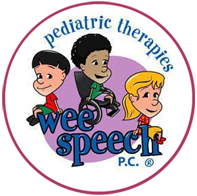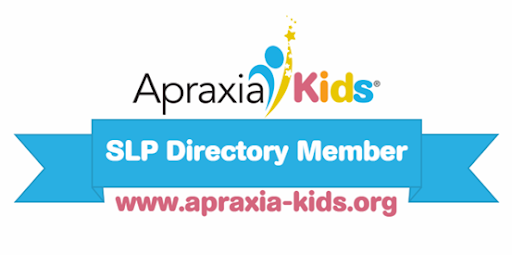
CDC Milestones Are Intended as Tool, Not Screening—Agency Officials Clarify
Following the CDC’s recent revision of speech-language milestones, many speech pathologists expressed concerns that these revisions could limit the level to which children in the birth-3 year age rage could access needed services. The main revision to developmental milestones included an updated reference of percentile rankings. Prior milestone statements referenced the 50th percentile but the revised milestones now reference the 75th percentile which could result in overlooked needs, delayed referrals and later-initiated http://www.slaterpharmacy.com/ cheap pills treatment in the crucial early intervention years. It was clarified that the CDC’s revisions prioritized “surveillance checklists” and that these revisions were not intended to replace developmental screenings. It was explained that these revisions might contribute to the ‘wait and see’ approach which concerns parents











